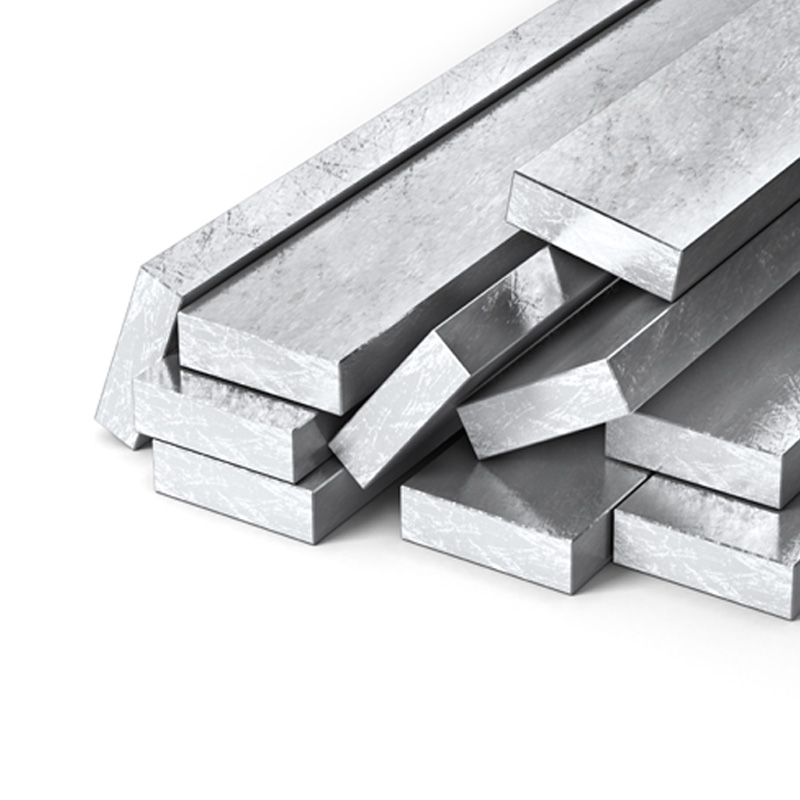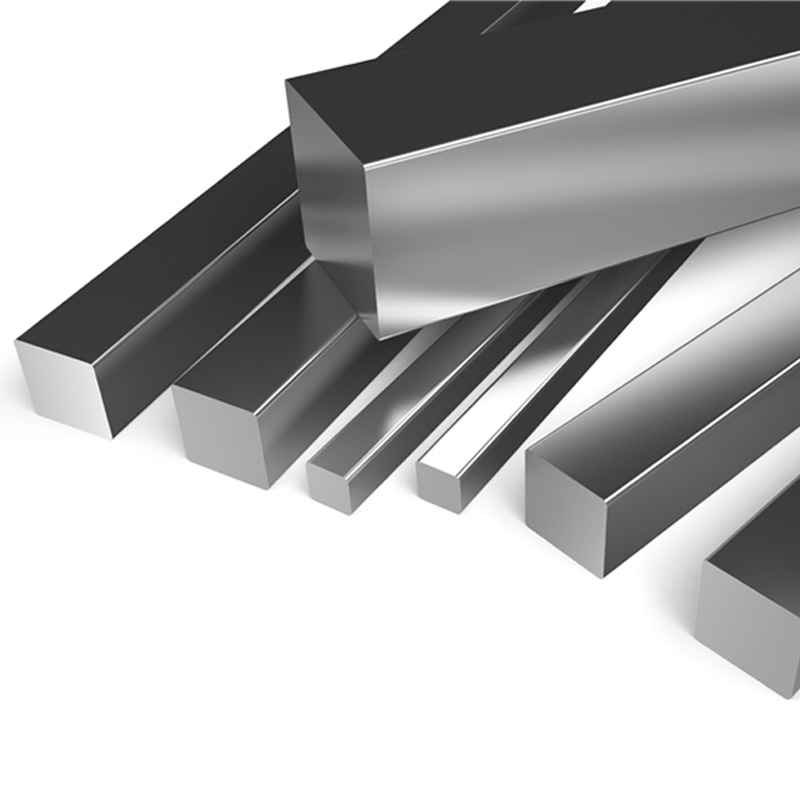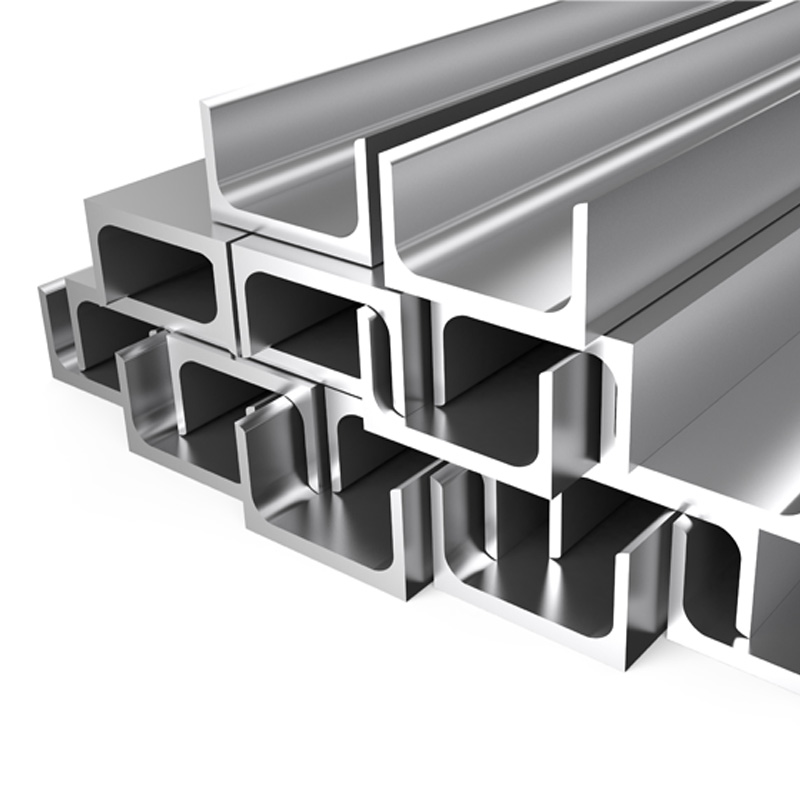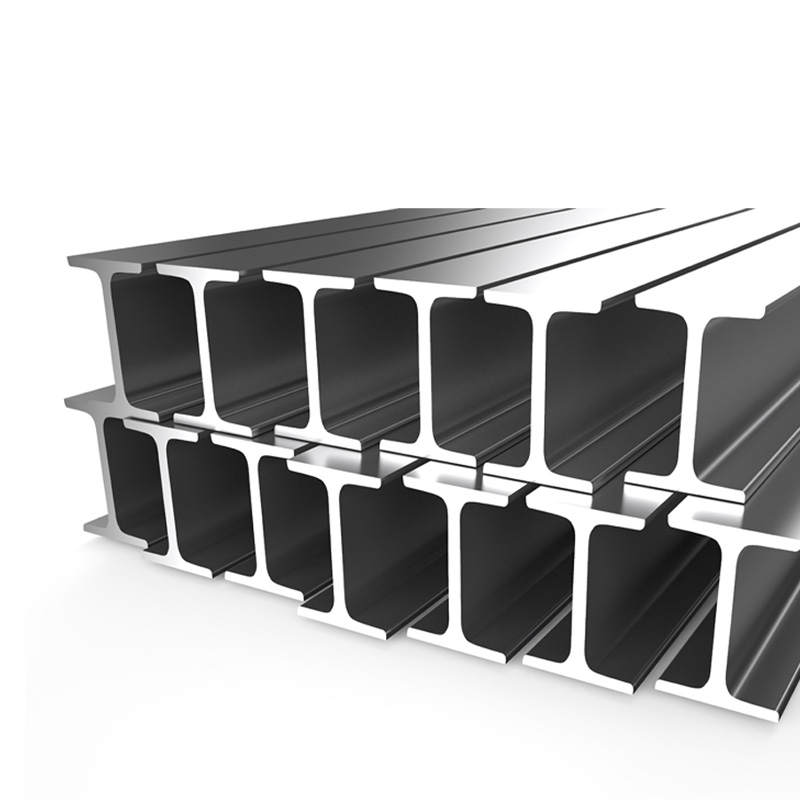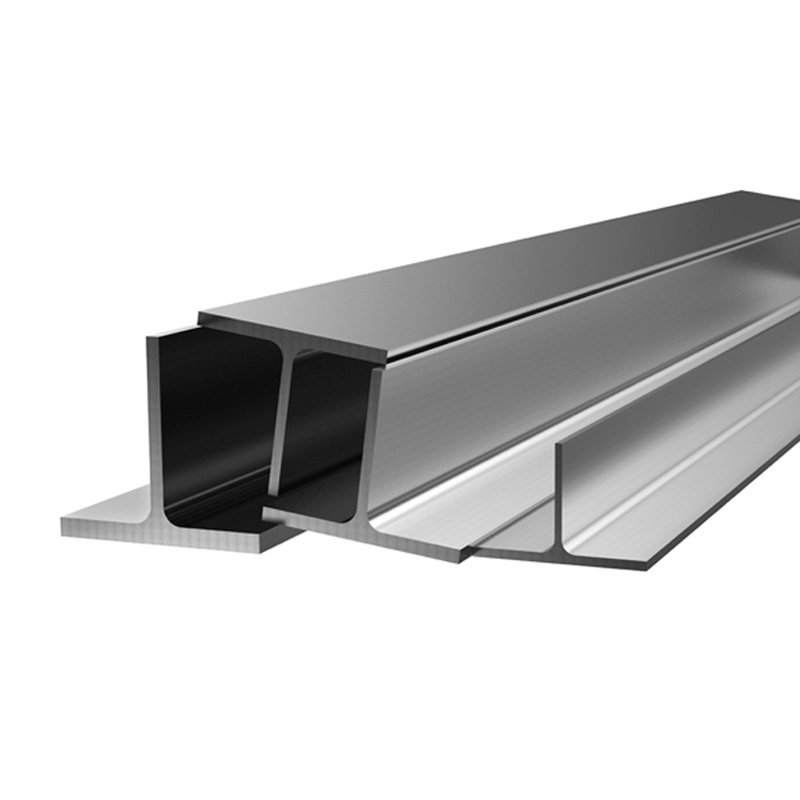What is a Rolling Mill?
Rolling mills are essential facilities in the metal processing and shaping sector. They play a crucial role in shaping metal materials to a specific form and endowing them with desired properties. Rolled products have a wide range of applications, from daily life to industry.
A rolling mill is a facility used to bring metal materials to a specific form and size. In these facilities, metal billets, sheets, or bars undergo a process called rolling. Rolling is the process of thinning or shaping metal by compressing it between rotating rollers. Rolling mills are typically used for processing metals such as iron, steel, aluminum, and copper.
The processes performed in these facilities aim to increase the durability of the metal, improve surface quality, and achieve the desired dimensions. Rolling mills have two main types of processes: hot rolling and cold rolling. Both methods offer products for different needs.
In Which Fields Are Rolling Mills Used?
The products manufactured by rolling mills are used across a wide range of sectors. Here are the main areas of application:
- Construction Industry: Materials such as construction steel, steel profiles, and structural elements are produced in rolling mills. These products are commonly used in building and infrastructure projects.
- Automotive Industry: Stainless steel and aluminum materials used for car bodies, chassis, and other mechanical parts are shaped through rolling processes.
- Home Appliance Production: Thin steel sheets used for washing machines, refrigerators, and other household appliances undergo rolling processes.
- Electrical and Electronics: Rolling mills produce thin metal foils for various electronic components as well as copper and aluminum cables.
- Heavy Industry: Steel plates used in large projects such as shipbuilding and oil & gas pipelines are obtained through rolling processes.
What Technologies Are Used in the Rolling Mill Process?
The technologies used in rolling mill processes are continuously developing to increase production efficiency and improve product quality. Here are the main technologies:
- Computer Numerical Control (CNC) Systems: Allows precise control of rolling processes. CNC systems optimize every stage of the production process.
- Automated Measurement and Quality Control: Systems that measure characteristics such as thickness, width, and surface quality of products in real-time to minimize production errors.
- High-Temperature Sensors: Helps control the temperature of the metal during hot rolling processes, ensuring accurate mechanical properties.
- Energy-Efficient Furnaces: Furnaces used to heat the metal before hot rolling are equipped with modern technologies that provide energy savings.
- Simulation and Modeling Software: Used to simulate production processes in advance to determine the optimal parameters.
Which Materials Are Preferred in Rolling Mill Production?
The following materials are typically processed in rolling mills:
- Iron and Steel: These are the most preferred materials in rolling processes due to their durability and cost-effectiveness.
- Aluminum: Its lightweight and corrosion-resistant nature makes it widely used in the aerospace, automotive, and electrical industries.
- Copper: It is preferred for cables and electronic components due to its high electrical conductivity.
- Titanium: Its lightweight yet durable structure makes it suitable for the aerospace and defense industries.
The main reasons these materials are chosen are their workability, physical properties, and economic suitability.
What Are the Differences Between Hot Rolled and Cold Rolled Products?
There are two main production methods in rolling mills: hot rolling and cold rolling. The differences between these methods can be summarized as follows:
- Processing Temperature: Hot rolling is performed above the metal's recrystallization temperature. Cold rolling is carried out at room temperature or lower temperatures.
- Surface Quality: Cold rolling offers better surface quality, while hot rolling generally has a rougher surface.
- Mechanical Properties: Cold rolling provides the metal with greater hardness and durability, whereas hot rolling results in more flexible products.
- Size and Variety: Hot rolling is suitable for producing large and bulky products. Cold rolling is preferred for thin sheets and products with precise dimensions.
- Cost: Hot rolling is a more economical method. Cold rolling is more expensive due to energy consumption and labor costs.
In Which Industries Are Rolling Mills More In Demand?
Rolling mills are facilities used to shape metals into specific forms. These facilities, where raw metal is shaped through rolling processes either heated or cold, play a critical role in industrial production. Rolling mills are vital for the production and industrial usability of steel, aluminum, copper, and other metals.
Demand for rolled products is most intense in industries such as construction, automotive, shipbuilding, home appliances, and energy. For example, in the construction sector, rolled products are preferred for steel beams, columns, and other structural elements. The automotive industry develops special demands for durable and lightweight steel types. In the home appliances industry, thin sheets are prominent, while in the energy sector, pipes and profiles are widely used.
How Does Raw Material Selection Affect the Rolling Mill Production Process?
To find an answer to the question of what is a rolling mill, it's necessary to understand the impact of raw material selection. Raw material selection directly affects both the production time and the quality of the final product.
An ideal raw material should have a consistent chemical composition and exhibit a homogeneous structure. In steel production, components such as carbon content affect the hardness and flexibility of the material. For aluminum, the purity level and the distribution of alloying elements are extremely important.
When the quality of the raw material is insufficient, the rolling process requires more energy and time. As a result, costs increase, and production speed decreases. On the other hand, when high-quality raw materials are used, the production process becomes more efficient. This leads to reduced environmental impact and increased durability of the final product.
The Most Common Technical Issues in Rolling Mill Operations
Rolling mill operations frequently encounter technical issues due to complex machinery and challenging working conditions. The main issues are as follows:
- Equipment Wear: The rolls used during rolling wear down over time, adversely affecting production quality. This situation requires regular maintenance.
- Process Errors: Incompatibilities in temperature, pressure, or speed settings can cause product deformation.
- Energy Consumption: High energy requirements increase costs and amplify environmental impacts.
- Raw Material Incompatibility: The use of unsuitable raw materials can strain machinery and disrupt the production process.
To prevent these issues, regular maintenance, precise calibration, and quality control measures are essential.
Equipment Used in the Rolling Mill Process
Various equipment supports the production process in rolling mills. This equipment is essential in determining the quality and efficiency of production output.
- Rolling Cylinders: These are the main equipment for shaping metal. Different types are used for hot and cold rolling.
- Heating Furnaces: They ensure the metal reaches the appropriate temperature for rolling.
- Shearing Machines: Used to cut products to desired sizes after the rolling process.
- Control Systems: The production process is optimized and errors minimized with various sensors and automation systems.
- Cooling Systems: Necessary for quickly cooling the metal after hot rolling.
The harmonious operation of this equipment is essential for an efficient production process.
The Development and Importance of the Rolling Mill Sector in Turkey
Turkey has become a significant production hub in the iron and steel industry, and rolling mills are a critical part of this development.
The answer to the question "What is a rolling mill?" is important for understanding Turkey's industrial infrastructure. Turkey is one of the leading countries in Europe for steel production, and the impact of modern rolling mill facilities is substantial in this success.
Rolling mills, particularly concentrated in the Marmara and Black Sea regions, produce for both domestic markets and exports. Turkey's trade agreements with the European Union have also contributed to the development of this sector.
In addition, efforts in environmental sustainability and energy efficiency are promising for the future of the sector. New generation rolling technologies reduce energy consumption and minimize the carbon footprint.
The rolling mill sector in Turkey holds strategic importance both economically and industrially. Modernization, environmental awareness, and international competitiveness are crucial elements for the future development of this sector.
The question of "What is a rolling mill?" has a multifaceted answer. It encompasses a wide range from the industries it is part of to raw material selection, technical issues, and the development process in Turkey. A rolling mill supported by the right equipment and management strategies can be an important player in both local and global markets.

 TR
TR

 Box Profiles
Box Profiles Sheets
Sheets Pipes
Pipes Rolling Mill Products
Rolling Mill Products Construction Steels
Construction Steels Steel Meshes
Steel Meshes Construction Steel
Construction Steel Engineering Steels
Engineering Steels